Next on our South America trip we visit a beautiful region with an extremely dense wildlife: The Pantanal in Brazil. The name sounds spectacular and exotic to us but translated from Portuguese it just means swamp or swamp region, derived from pântano. It is the largest inland wetland in the world. Our advantage is that we are in the Pantanal during the dry season, so the gravel roads are easier to drive on, or even passable for us. In addition, there are very few waterholes at this time of year, so that more animals can be observed at the individual ponds that still have water.
Unique animal diversity
In the Pantanal, we really get to enjoy the huge biodiversity of Brazil. Due to its sheer size, as well as the world-famous jungle regions such as the Pantanal, or the even better-known Amazon region, this fact is perhaps less surprising. Even on the first day of our exploration tour through the Pantanal, we are amazed at how many wild animals we are able to see at close range. We start in the south of the Pantanal in the port city of Corumbá. Yes, that’s right, in Brazil there are typically port towns far inland, as many of the jungle regions are better reached by river than by road, especially in the rainy season, which accounts for a good 1/3 of the year.
Soon after Corumbá, we turn off onto a gravel road. This is where the wilderness begins. Almost, because wild animals and extremely extensive farms with herds of cows and cattle don’t seem to be mutually exclusive here. On the very first day, we spot the largest toucan, the giant toucan, sitting on a branch near the road. And a little later we see several more toucans drinking or picking fruit at water holes. Very impressive, that is what we had hoped for, but by no means we expected it. In addition to toucans, we also see large jabirus, a special type of stork with a characteristic black and red neck. The roseate spoonbill, which looks like a flamingo from a distance, but on closer inspection you can see the broad beak that gives the bird its name. Capybaras, the largest rodents in the world, are very widespread and we see them almost like sand in the desert in large groups along the road. And many other animals, some of which we have never seen before, not even in books or movies. Other highlights in the animal kingdom are the green Amazon parakeet, the blue hyacinth macaw and various herons. And precisely because it is the largest inland wetland, we cross waterholes or rivers on characteristic wooden bridges in which, without exaggeration, hundreds of caimans swim or sunbathe on the banks. This is how we fill the next few days: the wonder of nature with its numerous animals is enough of an attraction for us to cover many kilometers in this way.
Our own safari in the Pantanal
So that we can see as many animals as possible, we cover a total of around 500 km (in various stages) on gravel roads at a very leisurely pace. In order to adapt to the rhythm of nature, we drive early in the morning at dawn for about three hours and afterwards again at dusk in the late afternoon for just as long. We bump along the dry, dusty and uneven gravel roads at a slow pace, usually under 20 kilometers per hour, and stop countless times as we spot impressive or occasionally new animals. Shortly after dark, we encounter a wild tapir right on the road. In the headlights, we first thought of a cow that had escaped, but not a wild tapir!
And finally, we manage to experience another highlight up close on this safari: The big anteater. Secretly, this was our hope of seeing wild anteaters in the South Pantanal, and of course it is only after a test of patience and several days with our safari rhythm that we are able to observe a large anteater in the light undergrowth right next to the road towards dusk. We are thrilled, the anteater is not distracted by our presence and continues to search for food – small insects that it obviously enjoys. He comes within 1.5 meters of us and we can watch him for almost an hour.
And we are so lucky on this one afternoon that we can finally observe four large anteaters, but the first one was so close to the road that we could stay less than 5m away from the anteater for about half an hour. To our surprise, we also saw a much smaller anteater, the tamandua or small anteater. This means we can now set off on the next stage of our safari through the Pantanal with peace of mind.
Transpantaneira, right into the center of the Pantanal
The Transpantaneira is an unpaved road, about 150 km long, which connects Porto Jofre with the next town, Poconé. As it leads even deeper into the Pantanal, we hope for further encounters with many exotic wild animals. Due to the extreme drought, ironically in the world’s largest wetland, which has been going on for several years, only the last 50km or so before Porto Jofre are still reasonably green and filled with wildlife. Once again, we see waterholes overflowing with caimans, lots of birds and even otters. We also see a small wild cat, the jaguarundi, four times. The jaguarundi bears little resemblance to a jaguar apart from the basic physiology of a big cat. Great, and at the same time the cats are very shy. We always see them drinking at a waterhole or close to it. However, as soon as they notice us, they immediately move rather quickly far away into the bushes, away from the potential danger. We even saw turtles in the waterholes. All in all, another exciting section of our safari through the Pantanal. We stop at a farm to buy Pantanal honey and are immediately greeted by hundreds of monkeys.
Due to the fame of the Transpantaneira, however, we had hoped for even more wildlife, as we were so positively impressed by the roads in the South Pantanal. But as we have already written, it may be due to the prolonged drought that is currently prevailing.
Wild jaguars in the Pantanal
Our motivation for driving so far into a remote region of Brazil over bad roads is the jaguar. At the moment, i.e. between July and September, it is the annual dry season in the Pantanal. This drives the jaguars out of the jungle and close to the large rivers that flow through the Pantanal. These carry water all year round and thus provide food for all the animals living in the Pantanal. All the wildlife concentrates along these rivers for three months every year. Perfect for us tourists – we go on a photo hunt on the speedboat.
We spend a day and a half on the water around Porto Jofre. With an excellent captain who always positions us for the best photo opportunities and a proven nature specialist as our guide, we set off at sunrise and don’t let up until the sun goes down again. Of course, with the necessary refreshment stop – no fight without food – just like everywhere else in the world. After the first few hours, we are still on the water but already really happy. We see a jaguar lying around and doing nothing, then one looking for food, including stalking. But unfortunately, the jaguar didn’t get its lunch, a caiman, this time. The trip continues up and down the river. However, the experience is a somewhat bigger spectacle – we are by no means the only ones and certainly not the only boat on the river. When jaguars are spotted, the captains inform each other by radio. Good for the tourists, but not so good for a quiet, solitary experience. But we are happy to put up with it for the jaguars.
We see another jaguar a little later in the day in a different territory, foraging directly on the riverbank. Its gaze is always directed towards the river or the dense greenery on the riverbank – this is where the caimans prefer to hide. We can watch the jaguar for over an hour as it stalks along the riverbank.
And finally, we see a pair of jaguars mating on the beach. So far, we have seen many life situations of a jaguar. We miss only a jaguar cub. Other tourists on the same jaguar safari had seen a jaguar cub with its mother the day before. And just on the second day, 10 minutes before we drive back to Porto Jofre, a jaguar has killed a caiman and crosses the river with its prey. Unlike many cats, jaguars can swim well and are happy to do so. The perfect photo is the jaguar proudly standing on the other bank of the river with the large caiman in its muzzle! Wildlife in its wildest form is also part of the life of these impressive big cats.
It is also nice that most of the jaguars were born in this area and have their territory here, so our guide knows every jaguar by name after checking their fur markings and can tell us their history and degree of kinship with other jaguars.
In passing, we were able to observe many other wild animals, mainly birds. Of particular interest is a young black buzzard eating a fish on the bank. But not without being envious of its rich prey. Two crested caracaras soon set about stealing the fish from the black buzzard. After about five minutes of fighting, the satisfaction: the black buzzard keeps its prey and has fended off the envious birds.
A second gap-filler was a pair of giant otters that accompanied us for hundreds of meters. And giant otters catch significantly more prey than jaguars: in the short time we were there, the otters must have caught three or four fish, which they apparently ate with relish before ending their hunt on a large tree trunk that had fallen into the water to sunbathe for a while.
We were able to experience all of this and much more wildlife than would fit in a blog post in the Pantanal. A natural spectacle that has no rival! The only thing we are looking forward to a little less is the way back. Now that we know the Transpantaneira with its 127 bridges, some of them simple wooden bridges, we know: Only with a lot of patience can we and especially our campervan Ben survive the 150km return journey unscathed. But the experience of seeing so many wild jaguars and other animals makes up for the bad road. Our individual Pantanal safari was therefore extremely worthwhile. We are really happy to have made the long journey through Bolivia to Brazil for this detour into the truly unique Pantanal.













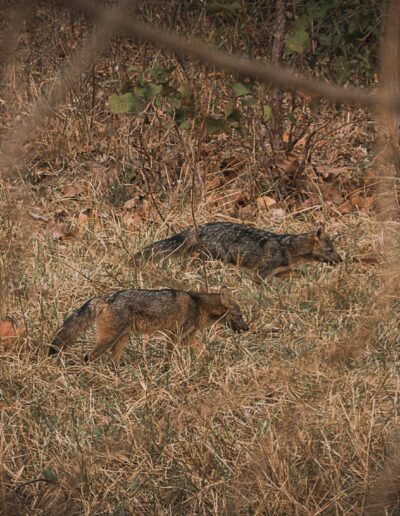






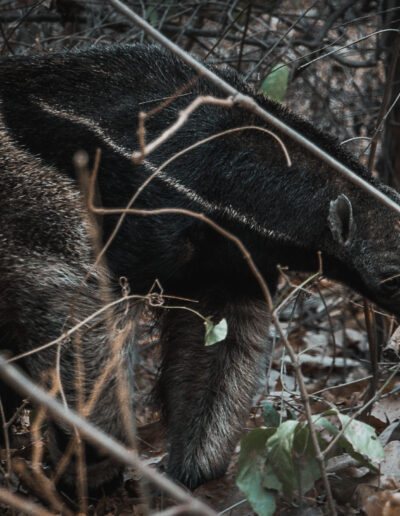






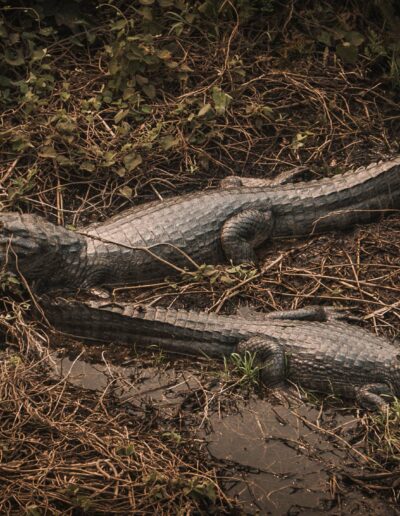











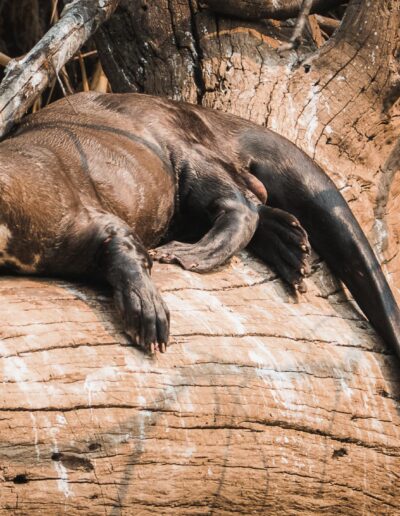






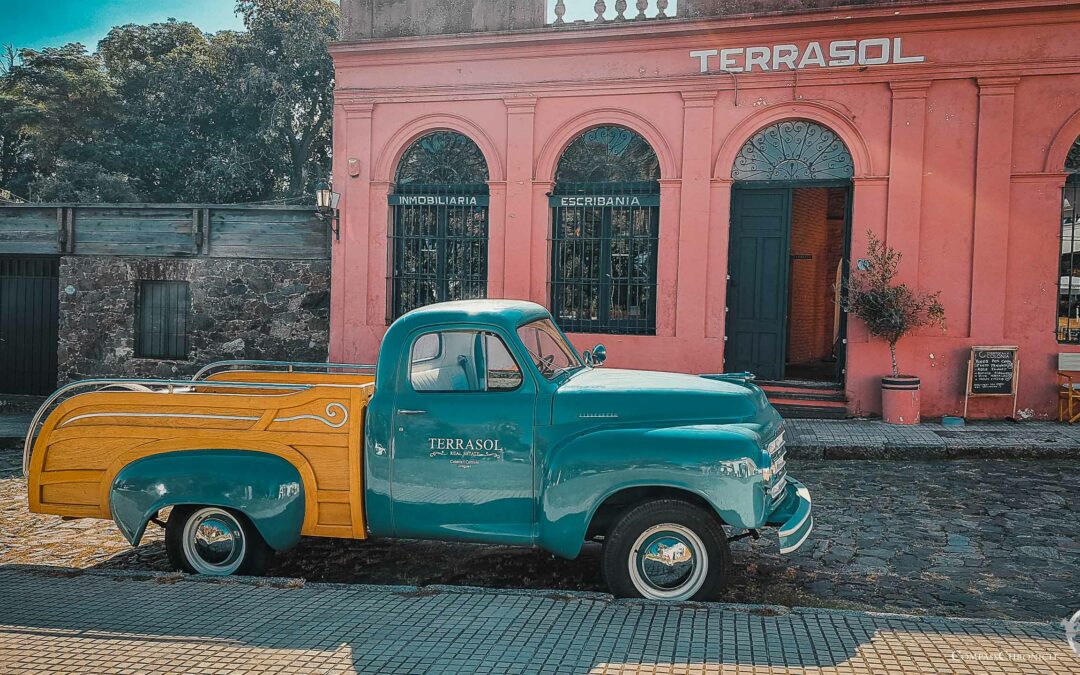

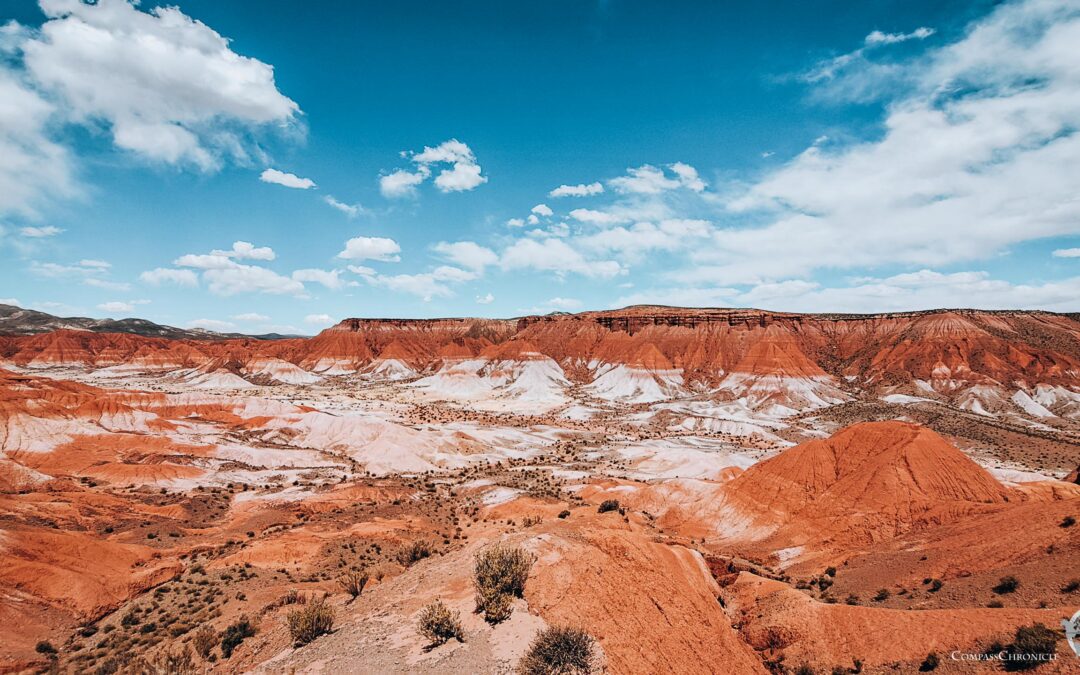


Wow! Grandiosi Bilder und Bricht!
Mir freued üs ufs Pantanal!
Ciao Werner!
Mer freuid üs öber üche Kommentar! 🙂 Ond super hemmer nochli meh Vorfreud chönne wecke – es lohnt sech 😉
Gueti Reis!